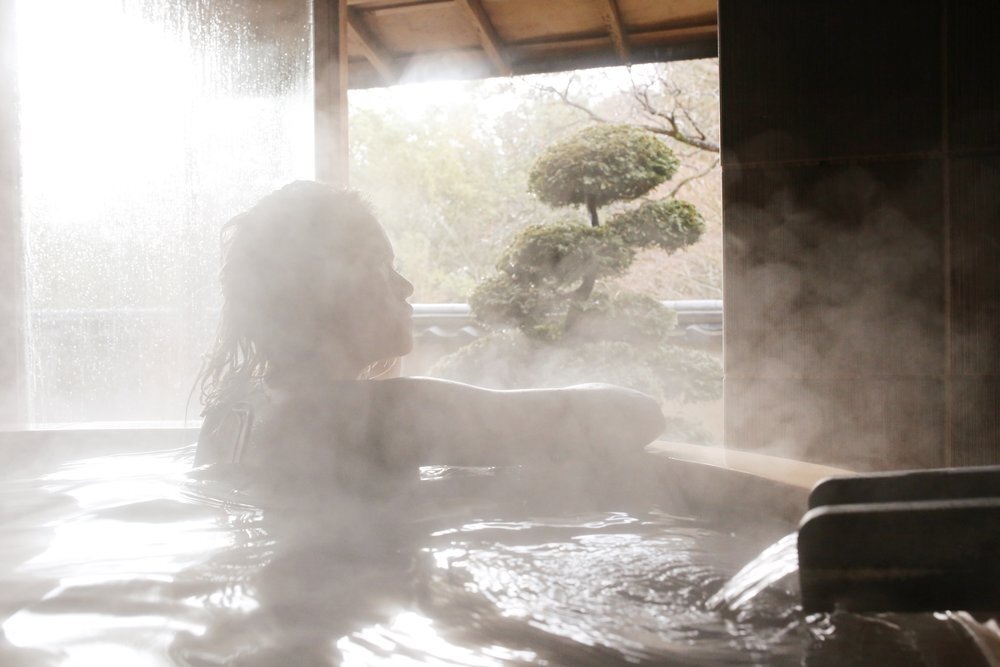Japan, a land of mesmerizing contrasts, effortlessly blends the ancient with the modern. Its rich cultural heritage draws travelers from around the world, offering experiences that go beyond the usual tourist trails. For those yearning to dive deeper, Japan’s authentic cultural offerings are a feast for the senses and the soul. Let’s explore these treasures.
Table of Contents
Traditional Japanese Tea Ceremony

Origins and Philosophy of the Tea Ceremony
The Japanese tea ceremony, or chanoyu, is more than just preparing and drinking tea. It is a meditative practice rooted in Zen Buddhism, emphasizing simplicity, mindfulness, and respect. The ritual reflects wabi-sabi, the beauty of imperfection.
Where to Experience Tea Ceremonies
Kyoto, the cultural heart of Japan, is home to historic teahouses where traditional tea ceremonies come alive. For a modern twist, cities like Tokyo offer workshops to learn the nuances of this ancient art.
Staying in a Ryokan

What is a Ryokan?
A ryokan is a type of traditional Japanese lodging that perfectly captures the spirit of hospitality in Japan. With tatami-matted rooms, futon bedding, and serene surroundings, staying in a ryokan is an immersive experience.
The Art of Omotenashi (Hospitality)
Ryokans are famed for their unparalleled hospitality. From kaiseki meals to personalized service, guests are treated with utmost care.
Ryokan Hotspots in Japan
Destinations like Hakone and Gifu are known for their scenic ryokans, often located near hot springs for a double treat.
Learning the Art of Calligraphy (Shodo)

Historical Significance of Shodo
Shodo, or Japanese calligraphy, is an ancient art that combines writing with artistic expression. It’s not just about forming characters but capturing the beauty and fluidity of each stroke. Historically, calligraphy was practiced by samurai and monks, symbolizing discipline and mindfulness.
How to Participate in a Calligraphy Class
If you want to try your hand at Shodo, many studios in cities like Tokyo and Kyoto offer workshops. It’s a meditative practice where you’ll use traditional brushes, ink, and rice paper to write characters—creating your own personalized piece of art.
Exploring Samurai Culture

Samurai History and Legacy
The samurai, Japan’s iconic warrior class, are a symbol of honor, discipline, and strength. Their code of ethics, bushido, emphasized loyalty, courage, and respect. Exploring samurai culture gives insight into Japan’s feudal past and the lasting influence of these warriors on modern Japanese society.
Visiting Samurai Museums and Castles
- Himeji Castle: A beautifully preserved castle that showcases the grandeur of samurai architecture.
- Samurai Museum in Tokyo: A fascinating collection of samurai armor, swords, and artifacts that offer a deeper understanding of their way of life.
Dressing in Kimono

Understanding Kimono Etiquette
The kimono is more than a beautiful garment—it is a symbol of Japan’s rich culture. Wearing one is an experience that allows you to step into a world of tradition. There are specific etiquettes to follow when donning a kimono, such as how to tie the obi (sash) and how to walk gracefully.
Renting Kimono for Cultural Immersion
Many areas in Japan, especially in Kyoto, offer kimono rental services. Whether you’re exploring temples or simply strolling through gardens, wearing a kimono adds an authentic touch to your cultural experience.
Zen Meditation at Buddhist Temples

The Role of Zen in Japanese Culture
Zen meditation, also known as zazen, is a technique that uses silence and attention to achieve enlightenment. Rooted in Buddhist teachings, it’s a way to quiet the mind and gain clarity.
Popular Temples for Meditation
- Eiheiji Temple: Located in Fukui Prefecture, this temple is known for its Zen practice.
- Tofukuji Temple: In Kyoto, it offers guided meditation sessions that help visitors experience inner peace and reflection.
Traditional Crafts and Workshops

Pottery and Ceramics
Japanese ceramics have a long history, including Raku and Imari. You can try your hand at these centuries-old methods and create your own ceramic object by enrolling in a pottery class.
Indigo Dyeing
Aizome, or indigo dyeing, is a centuries-old traditional skill in Japan. You can participate in classes where you will use this natural method to dye textiles and make your own unique artwork.
Origami Classes
Origami, the Japanese art of paper folding, is another unique experience to try. Learn to create intricate designs from a single sheet of paper—whether it’s a crane or a flower, the possibilities are endless.
Onsen Bathing: A Relaxing Ritual

Etiquette for Onsen Visitors
Onsen (hot spring) bathing is a deeply relaxing and rejuvenating experience. However, there are certain rules to follow—such as washing yourself thoroughly before entering the communal baths and not dipping towels into the water.
Famous Onsen Destinations
- Beppu: Known for its wide variety of hot springs, Beppu offers a unique onsen experience.
- Kusatsu: Famous for its high-quality sulfuric waters, Kusatsu is considered one of Japan’s best onsen resorts.
Attending a Kabuki Performance

Introduction to Kabuki Theatre
The classic Japanese theatrical style known as kabuki is renowned for its dramatic storyline, vibrant performers, and ornate costumes. The actors use exaggerated movements and facial expressions to convey emotion.
Also visit:
Plan Your Adventure: Top Hiking Trails in Colorado for Weekend Getaways
The Most Scenic Top Hiking Trails in Colorado for Stunning Views
Explore Beyond Rome and Venice: Hidden Gems in Italy
Hidden Gems in Italy: Your Guide to Offbeat Adventure
Hidden Germs in Italy: Unique and Undiscovered Places
The Best Beaches in Florida for Nature Lovers
Conclusion
Japan offers a wealth of cultural experiences that are as diverse as the country itself. From ancient tea ceremonies to modern calligraphy workshops, every corner of Japan is an invitation to connect with its rich heritage. Whether you’re staying in a ryokan or enjoying a kabuki performance, the country’s deep respect for tradition provides a unique and enriching experience. By immersing yourself in these authentic cultural practices, you’ll gain a deeper appreciation for Japan and its beautiful culture.



